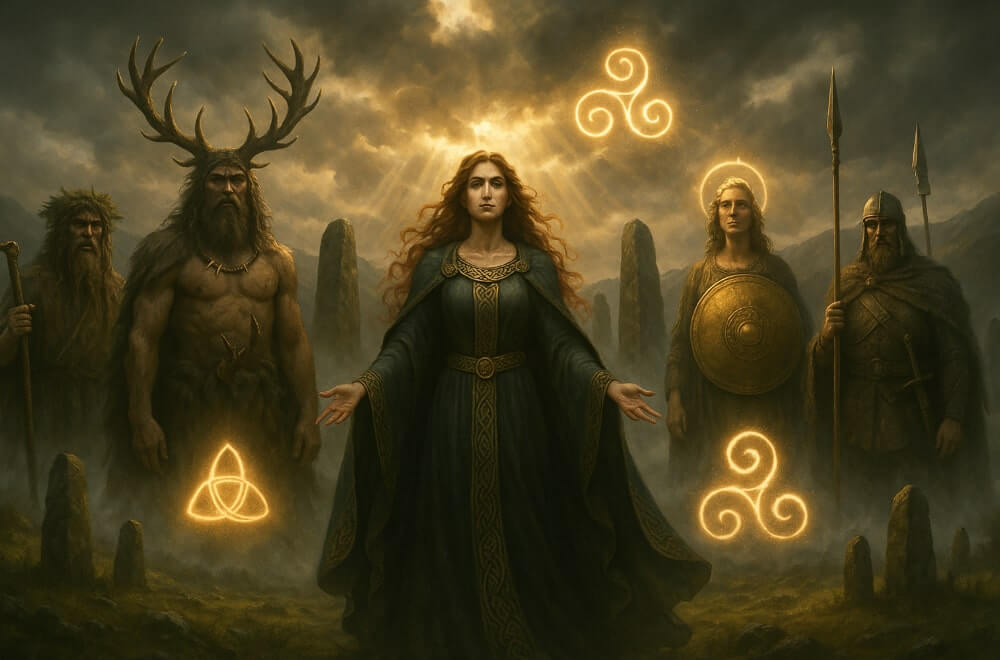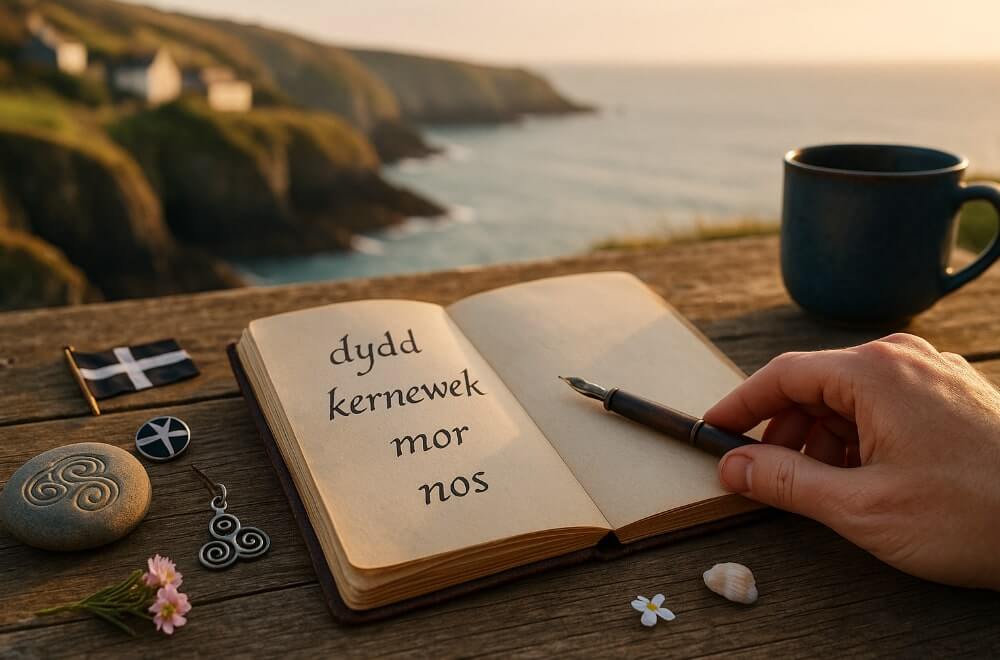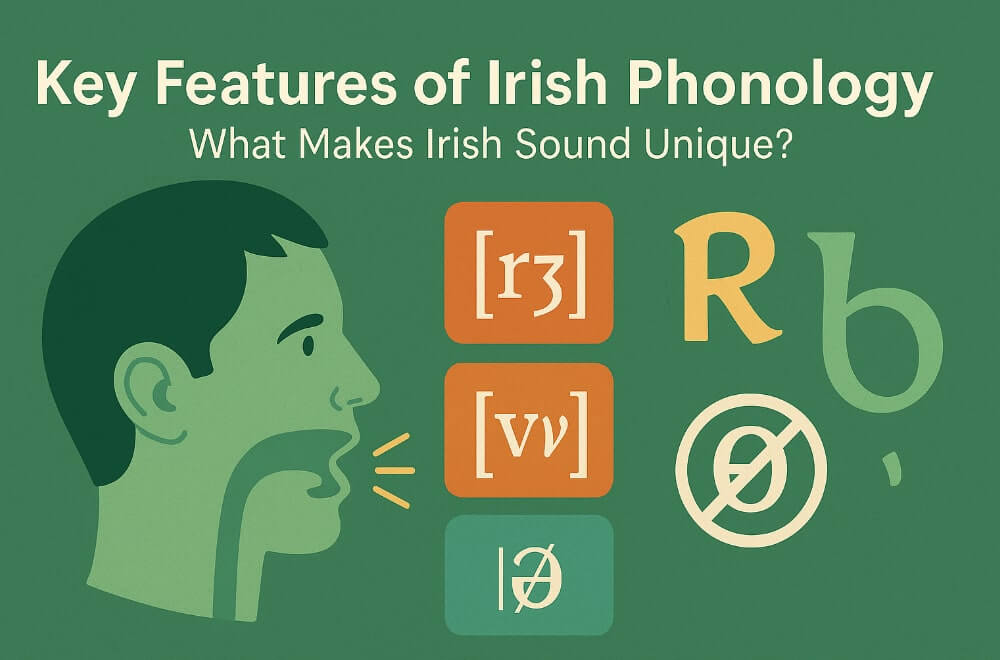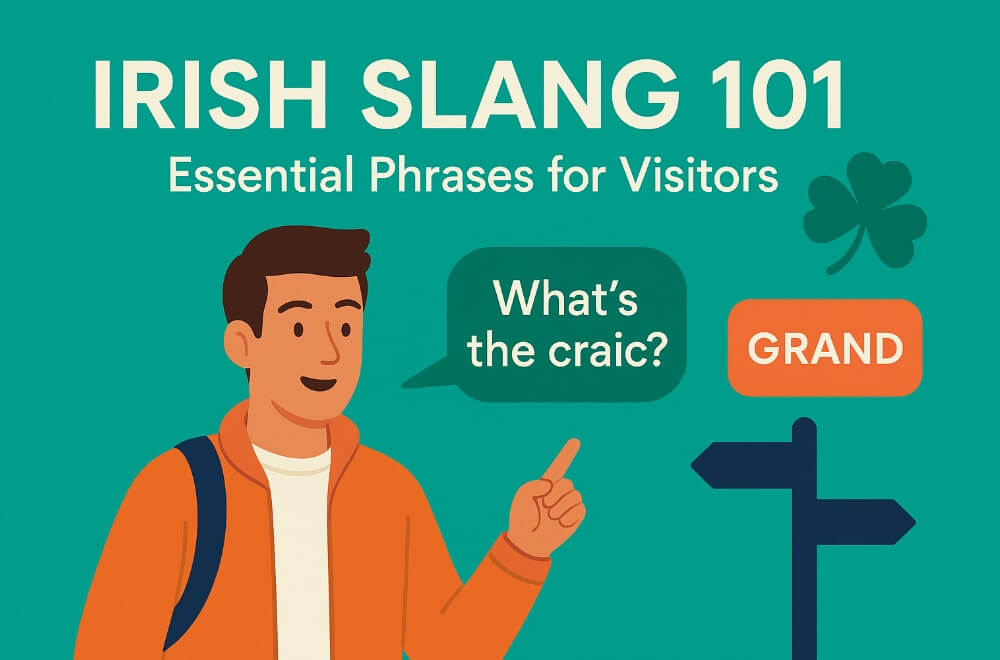The Manx Language: An Overview
The Manx language, known locally as Gaelg or Gailck, is a testament to the rich cultural heritage of the Isle of Man. This distinctive Gaelic language belongs to the Celtic branch of Indo-European languages, sharing deep linguistic roots with Irish and Scottish Gaelic.
As the ancestral tongue of the Manx people, this language carries the stories, traditions, and identity of generations who have called the Isle of Man home. The language’s unique character reflects its island setting, with words and phrases that capture the essence of Manx life, culture, and natural surroundings.
Key Features of Manx:
- Part of the Goidelic (Gaelic) branch of Celtic languages
- Indigenous to the Isle of Man
- Partially mutually intelligible with Irish and Scottish Gaelic
- Distinctive pronunciation and orthography
- Rich vocabulary reflecting island life and maritime culture
The Manx language represents more than just a means of communication—it embodies the spirit and identity of the Manx people, serving as a living link to their ancestral past.
Historical Evolution of the Manx Language
Manx has its roots in Middle Irish and began to take shape around the 10th century on the Isle of Man. It emerged during a time of significant cultural exchange, developing its own identity through a combination of isolation and outside influences.
Influence of the Norse Vikings
The Norse Vikings had a lasting impact on Manx during their settlement in the 9th century. Their presence introduced unique linguistic elements, including:
- Norse loan words related to seafaring and governance
- Place names still visible across the island
- Modifications to traditional Gaelic pronunciation patterns
Mythological Significance of the Isle of Man
The name “Isle of Man” itself holds mythological meaning, derived from the legendary Celtic sea god Manannán mac Lir. This powerful deity was believed to:
- Protect the island with his magical mist
- Control the waters surrounding the Isle
- Guide sailors through treacherous seas
Cultural Importance of the Manx Language
The Manx language became deeply intertwined with the island’s culture, influencing local traditions and everyday life. Religious texts, folk tales, and traditional songs preserved in Manx showcase its role as a means for passing down culture. The language carried the island’s oral history through generations, preserving connections to ancient Celtic traditions while also developing its own distinct features.
Local customs and celebrations often incorporated elements of the Manx language, such as harvest festivals and fishing ceremonies. These traditions played a vital role in safeguarding linguistic patterns and vocabulary that might have otherwise been forgotten over time.
The Decline and Near Extinction of Manx
The 19th century was a turning point for the Manx language. English became more dominant across the Isle of Man, pushing Manx to the sidelines of everyday life. The change was drastic – by 1874, only 30% of the island’s population spoke Manx, a sharp contrast to earlier centuries when it was the main way people communicated.
Reasons for the Decline
Several factors contributed to this decline:
- The rise of English-medium education
- Growing tourism from mainland Britain
- Increased trade with English-speaking regions
- Migration of English speakers to the island
The number of Manx speakers continued to drop through the early 20th century. By 1901, only 4.6% of the population claimed to be proficient in the language. This decline became even more noticeable in the following decades, with the remaining speakers getting older and fewer young people learning the language.
A Significant Event in Manx Language History
An important event in Manx language history occurred with the death of Ned Maddrell in 1974. He was the last native speaker who learned Manx as his first language in the traditional way. His passing marked the end of a continuous chain of natural transmission that had lasted over a thousand years.
In 2009, UNESCO officially declared Manx extinct, classifying it as a “dead language.” This declaration, while controversial among advocates for the Manx language, highlighted the critical state of its survival. It also sparked intense debate about what defines a “living” language and reignited interest in efforts to preserve it.
Reviving a Heritage: The Movement to Bring Back Manx
The revival of the Manx language is an inspiring example of how cultures can be preserved and revived. Since 1899, the Manx Language Society (Yn Çheshaght Ghailckagh) has been leading efforts to restore the language by publishing important learning resources and offering language classes throughout the Isle of Man.
Key Contributions of Dr. Brian Stowell
Dr. Brian Stowell played a crucial role in the revival movement. His passion for teaching and promoting Manx earned him the Reih Bleeaney Vanannan cultural award. Some of his significant contributions include:
- Launching the first-ever Manx language radio broadcasts
- Creating innovative teaching materials
- Translating modern literature into Manx
- Training a new generation of language instructors
Grassroots Initiatives Driving the Revival
The revival gained momentum through grassroots initiatives. Local communities established conversation groups, while dedicated volunteers recorded native speakers to preserve authentic pronunciations. The Manx Language Society expanded its influence by:
- Organizing annual language festivals
- Publishing children’s books in Manx
- Creating digital learning resources
- Supporting traditional music and dance events
Recognition from UNESCO
The success of the revival movement was recognized when UNESCO revised its classification of Manx from “extinct” to “critically endangered” in 2009. This change reflected the increasing number of second-language speakers and the growing presence of the language in everyday life on the Isle of Man.
Teaching and Using Manx in Modern Times
The Bunscoill Ghaelgagh primary school is leading the way in Manx language education, providing immersive learning experiences for children aged 4-11. Located in St. Johns, this innovative school teaches all subjects in Manx, nurturing a new generation of fluent speakers.
Teaching Methods
The school’s teaching methods combine:
- Traditional storytelling and folk songs
- Interactive digital resources
- Hands-on cultural activities
- Peer-to-peer learning opportunities
Modern technology plays a crucial role in making the Manx language more accessible. Radio broadcasts like Moghrey Jedoonee bring Manx into homes across the island, while dedicated YouTube channels offer free language lessons and cultural content.
Social media platforms have become vital tools for preserving the Manx language:
- Facebook groups connect learners worldwide
- Twitter accounts share daily Manx phrases
- Instagram features young speakers using Manx in everyday situations
- TikTok videos showcase modern interpretations of traditional Manx songs
The Rise of Digital Learning Apps
Digital learning apps now supplement traditional classroom instruction. These platforms use gamification techniques to make language acquisition engaging and accessible to learners of all ages. The Isle of Man’s government website provides free online resources, including dictionaries, pronunciation guides, and interactive learning materials.
Local Businesses Embracing Manx
Local businesses are increasingly incorporating Manx into their operations, from bilingual signage to customer greetings, creating practical opportunities for language use in daily life.
The Current Status and Cultural Role of the Living Language
Manx is a vibrant living language with over 1,800 people now claiming some level of proficiency. This number represents a significant achievement for a language once declared extinct by UNESCO.
The language can be seen everywhere on the Isle of Man through:
- Bilingual street signs marking roads, towns, and landmarks
- Public buildings displaying both English and Manx names
- Tourist information presented in dual languages
- Business names incorporating Manx words and phrases
The Manx language holds an official position in government functions, where it’s used in:
- Opening ceremonies of Tynwald (the Manx parliament)
- Official government documents
- Parliamentary proceedings
- Formal addresses by government officials
Local businesses have embraced Manx as part of their brand identity, incorporating it into:
- Company names
- Product labels
- Marketing materials
- Customer greetings
This integration of Manx into daily life shows its transformation from a heritage language to an active part of modern Manx society. The language’s growing presence in official capacities strengthens its position as a symbol of national identity and cultural pride.
Linguistic Characteristics: What Makes Manx Unique?
Manx is a unique language that belongs to the insular Celtic branch of the Indo-European language family. Its linguistic characteristics make it different from other Celtic languages.
Similarities with Irish and Scottish Gaelic
Manx shares some common features with both Irish and Scottish Gaelic, forming a triangular connection between these Celtic languages. Here are some areas where you can find these similarities:
Understanding Manx
The level of understanding between Manx and its sister languages varies:
- Native Irish speakers can understand about 70% of basic Manx conversations
- Scottish Gaelic speakers recognize approximately 60% of Manx words
Unique Traits of Manx
Due to its isolation on the Isle of Man, Manx has developed some distinct qualities:
- Spelling Conventions: The language has its own unique spelling rules that reflect how words are pronounced. Unlike Irish and Scottish Gaelic, which follow traditional Gaelic spelling rules, Manx uses a modified English orthography.
- Pronunciation Patterns: There are specific ways in which consonants are pronounced in Manx that are similar to those in Irish and Scottish Gaelic.
These linguistic features create a rich tapestry of sounds and structures that make Manx a unique treasure in the Celtic language family.
Balancing Tradition and Innovation for a Thriving Future
The revival of the Manx language combines ancient traditions with modern technology. Digital platforms now host interactive Manx language learning apps, making the language accessible to learners worldwide. You’ll find:
- Online Learning ResourcesVirtual classrooms for remote instruction
- Interactive vocabulary games
- Mobile apps with pronunciation guides
- Social media channels dedicated to Manx learning
The preservation efforts target younger generations through:
Traditional teaching methods remain vital, now enhanced by technology. Children at Bunscoill Ghaelgagh use tablets alongside traditional books, creating digital stories in Manx. Local community groups organize virtual language cafés where learners practice conversation skills through video calls.
This combination of old and new approaches creates an engaging learning environment that resonates with modern learners while preserving the language’s authentic character. The integration of technology, such as using enhanced language lessons, has proven to be a game-changer in making the learning process more effective and enjoyable.
Conclusion
The Manx language is a great example of cultural strength and community commitment. Its journey from almost disappearing to being actively revived shows the impact of dedicated preservation efforts.
You can become part of this living linguistic heritage:
- Learn basic Manx phrases through online resources
- Connect with Manx language groups on social media
- Visit the Isle of Man to experience the language in its natural setting
- Support Manx language initiatives and educational programs
If you’re inspired to connect more deeply with Celtic culture, consider learning Irish—another rich and enduring Celtic language. With Gaeilgeoir AI, you can start your journey with a free trial and bring the language to life, one phrase at a time.
FAQs (Frequently Asked Questions)
What is the Manx language and where does it originate from?
The Manx language, also known as Manx Gaelic, is a Celtic language native to the Isle of Man. It belongs to the insular Celtic branch of the Indo-European family and shares similarities with Irish and Scottish Gaelic.
How did historical influences shape the development of the Manx language?
Manx evolved from Middle Irish around the 10th century and was influenced by Norse Vikings in the 9th century. Its rich connection to Celtic mythology, especially through the sea god Manannán mac Lir, highlights its cultural significance on the Isle of Man.
Why did the Manx language decline and what led to its near extinction?
The decline of Manx began in the 19th century due to the dominance of English on the Isle of Man. By the late 1800s, native speakers had drastically decreased, culminating in the death of Ned Maddrell, the last native speaker, in 1974. UNESCO declared Manx extinct in 2009.
What efforts have been made to revive and preserve the Manx language?
Post-extinction declaration, revival efforts intensified led by figures like Brian Stowell and organizations such as the Manx Language Society (Yn Çheshaght Ghailckagh). These initiatives focus on teaching, promoting usage, and integrating Manx into cultural activities.
How is Manx being taught and used in modern times?
Manx is taught primarily at Bunscoill Ghaelgagh, a primary school offering bilingual education. The language also features in modern media including radio broadcasts and social media platforms, enhancing its visibility and daily use.
What is the current status and cultural role of the Manx language today?
Today, over 1,800 people possess some proficiency in Manx. The language enjoys visibility through bilingual signage across the Isle of Man and is used ceremonially in government functions, reflecting its ongoing cultural importance.











